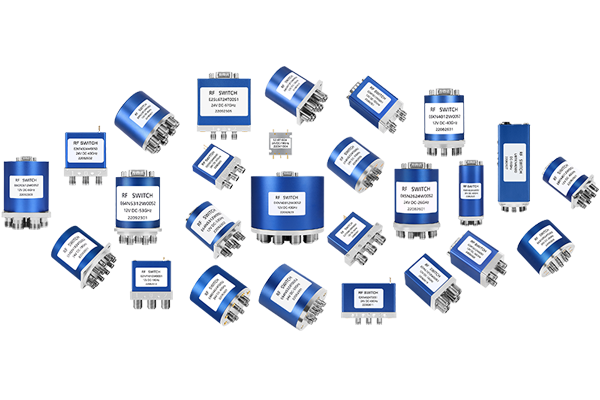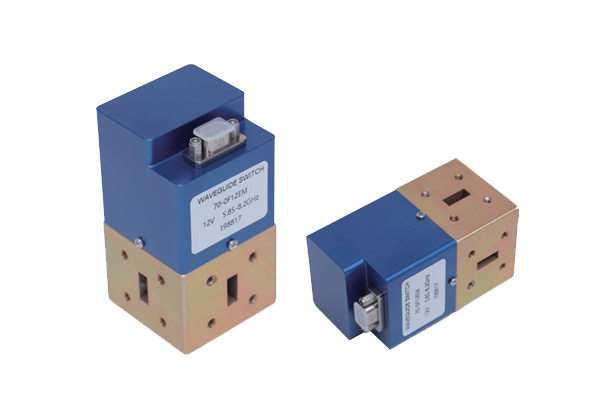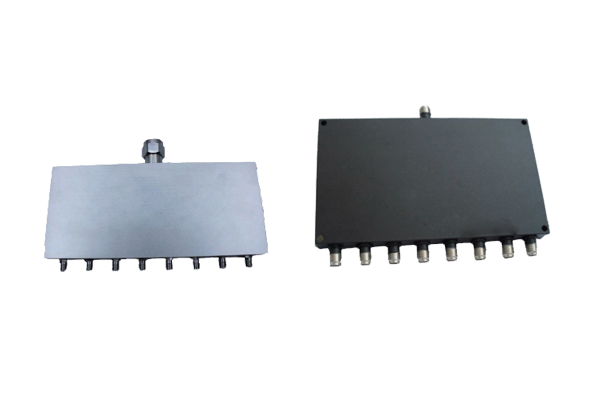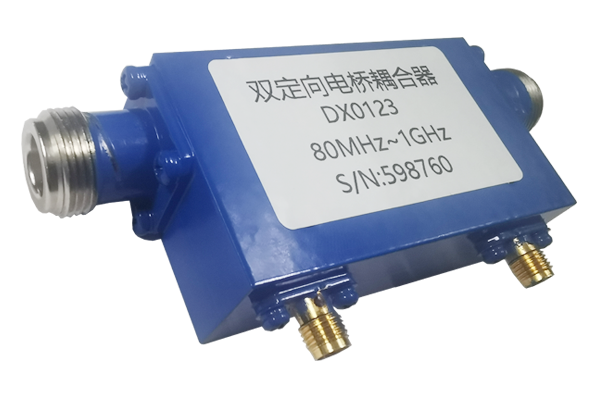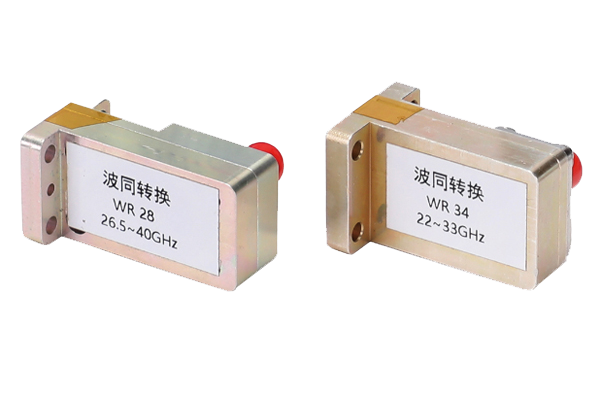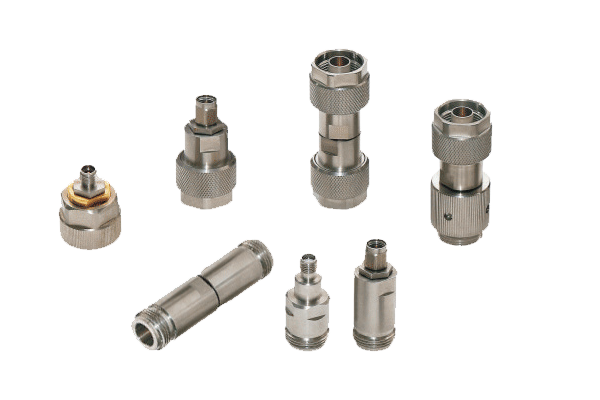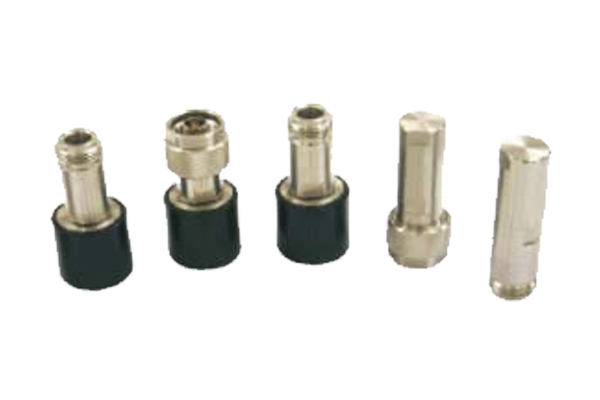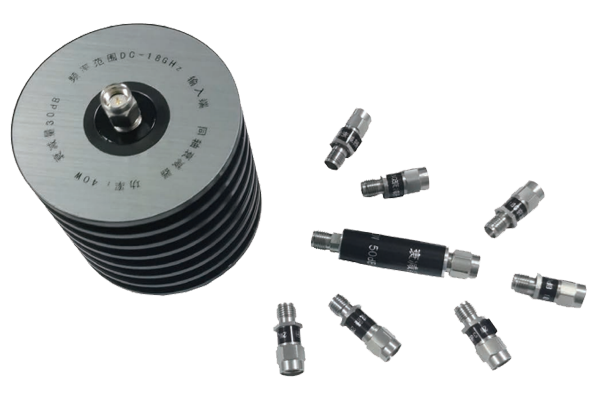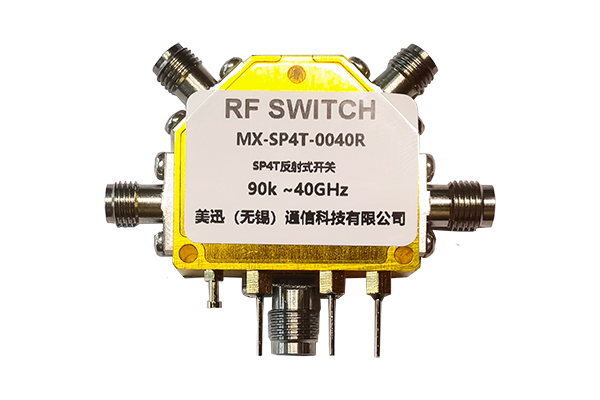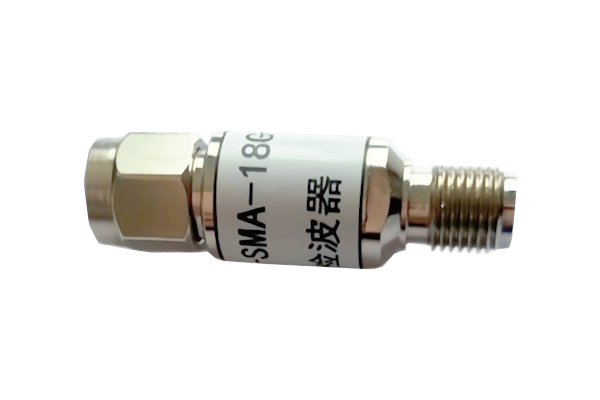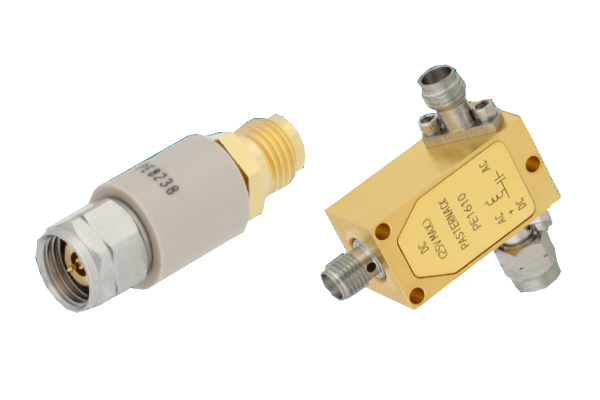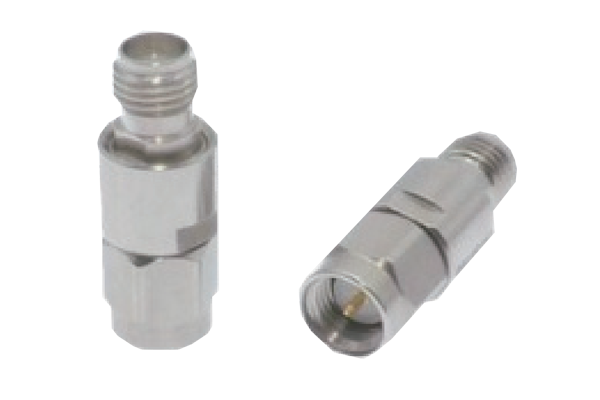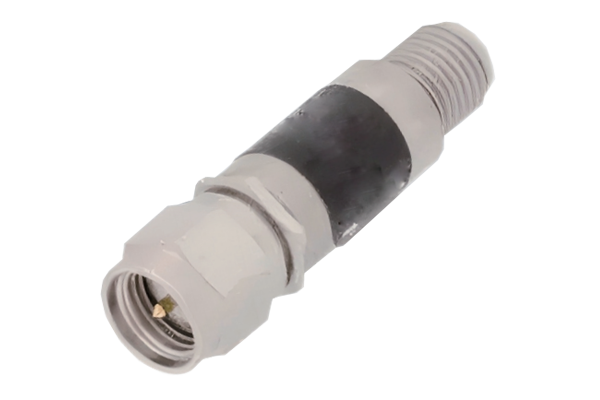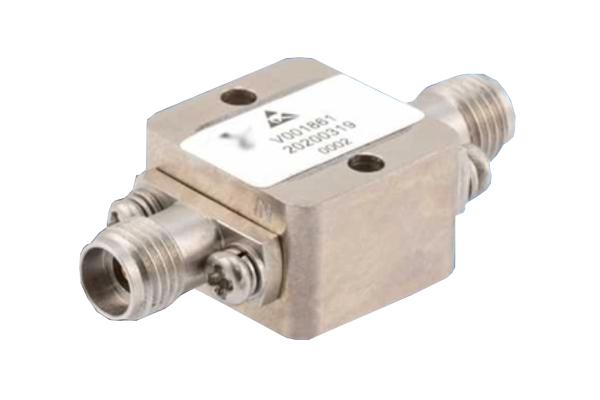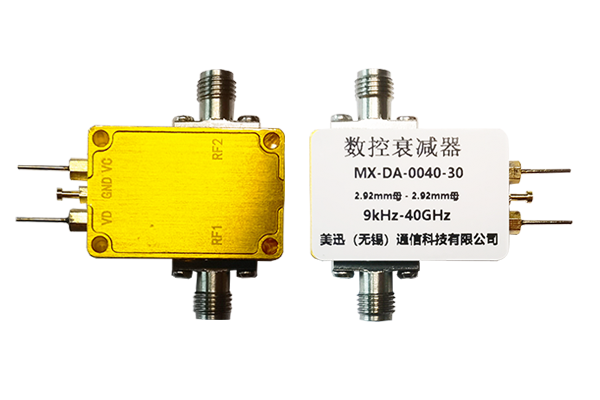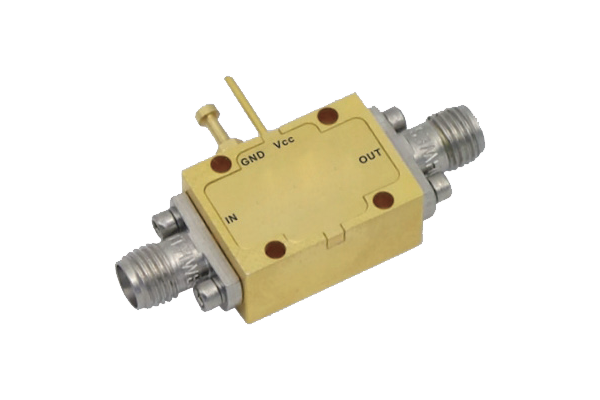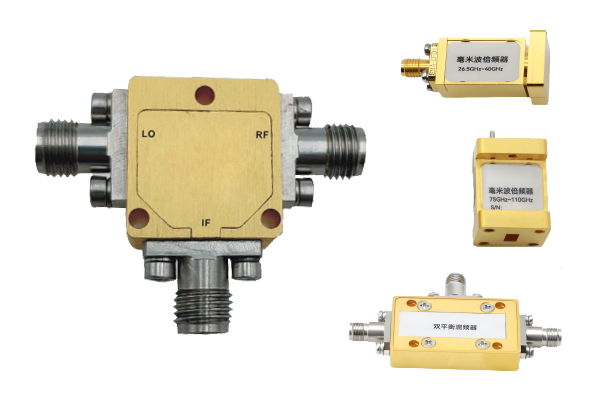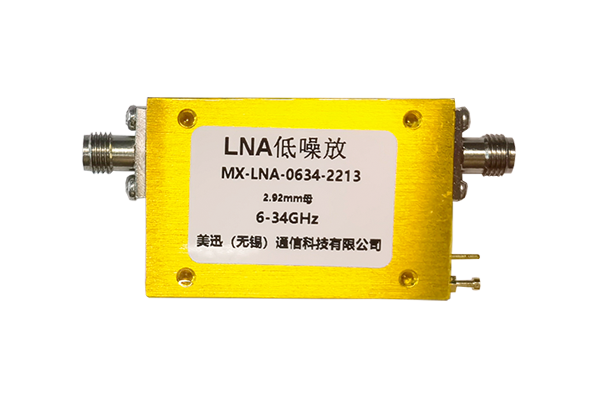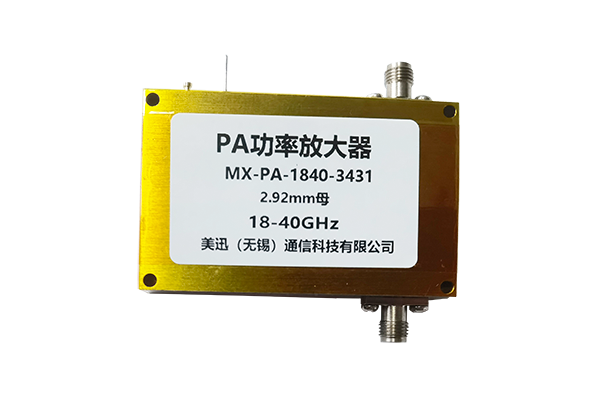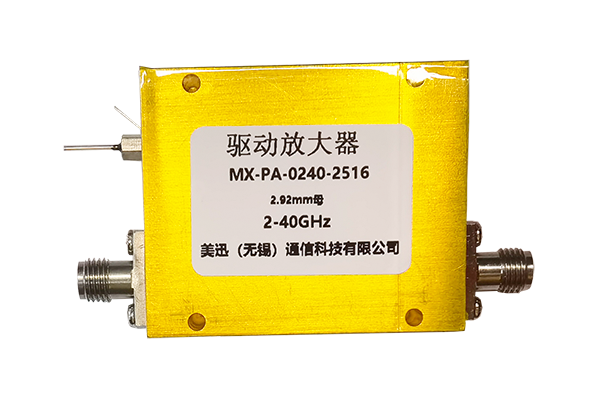Can a waveguide switch operate in a high - temperature environment
High-Temperature Waveguide Switches
Performance and durability in extreme heat environments
Operating in High-Temperature Environments
Waveguide switches can operate in high-temperature environments, but their performance and durability depend on design, materials, and thermal management. Many industrial and aerospace applications demand functionality in extreme heat, driving innovations in high-temperature-resistant models.
- Industrial applications often require sustained operation above 200°C
- Aerospace applications may experience rapid temperature fluctuations
- Military systems need reliability in extreme conditions
Materials for High-Temperature Operation
Manufacturers use robust materials like stainless steel, Inconel, or ceramics for waveguide structures, as these withstand prolonged exposure to temperatures exceeding 200°C.
Internal components, such as actuators or diodes, are often rated for high heat; for example, piezoelectric actuators in some switches function reliably up to 300°C.
- Stainless steel provides good thermal stability up to 500°C
- Inconel alloys maintain strength at very high temperatures
- Ceramic components offer excellent thermal resistance
Thermal Challenges and Solutions
However, extreme temperatures can affect performance. Above 300°C, metal expansion may alter waveguide dimensions, causing signal loss or mismatched impedance. Thermal stress can also degrade insulation or bonding materials, reducing isolation between ports.
To mitigate issues, designs incorporate thermal compensation—like flexible joints to absorb expansion—or cooling systems for sustained operation above 400°C. Testing under thermal cycling ensures switches endure rapid temperature shifts without failure.
- Thermal compensation techniques maintain electrical performance
- Active cooling systems for extreme environments
- Rigorous thermal cycling tests validate durability
In summary, while standard waveguide switches may falter in extreme heat, specialized high-temperature models, engineered with suitable materials and thermal management, reliably operate in harsh, hot environments.



